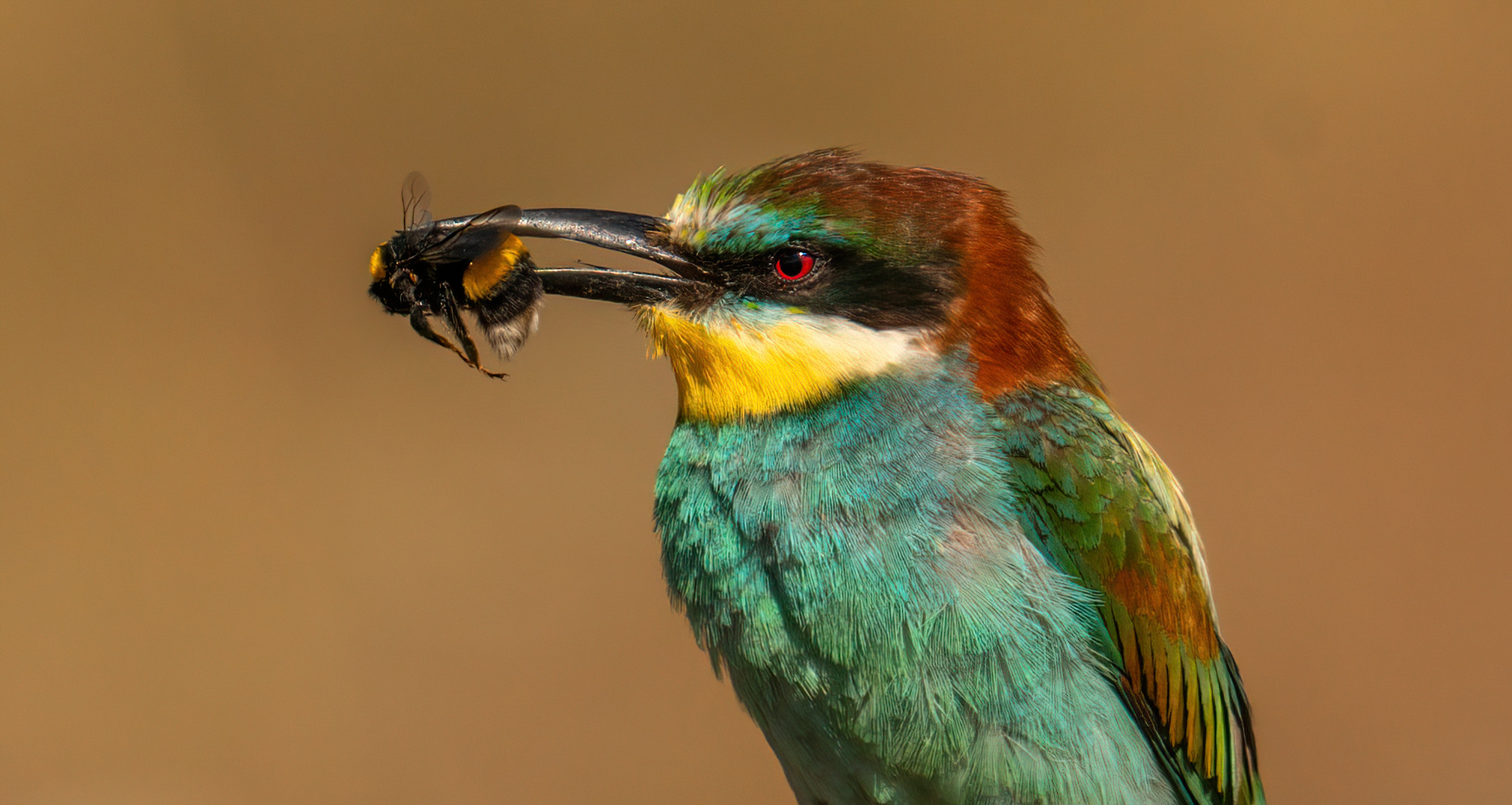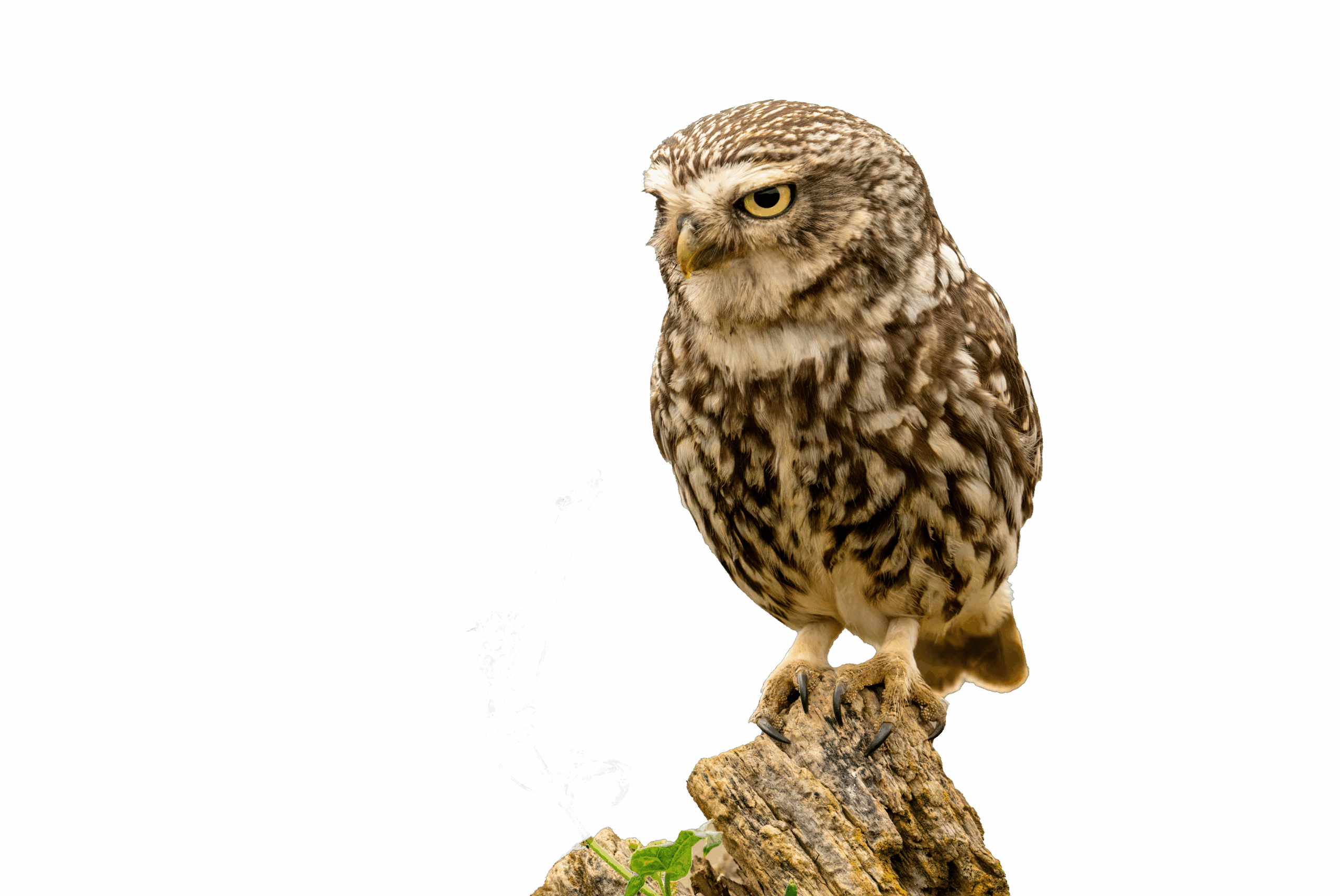
Almanza photographic hides
Mediterranean and steppe birds at the foot of the Cantabrian mountain range in collaboration with “Hides de Alamanza”
About Almanza photographic hides
Almanza is a small town in León located on the banks of the Cea River, straddling the Eurosiberian and Mediterranean biogeographic regions.
This, along with its wide variety of habitats, makes it a true ornithological paradise, where we can find a fantastic variety of birds in a limited space.
The birds we can find in Almanza contribute to complementing the Riaño and Crémenes photography hides by incorporating Mediterranean species and allowing for a longer spring season.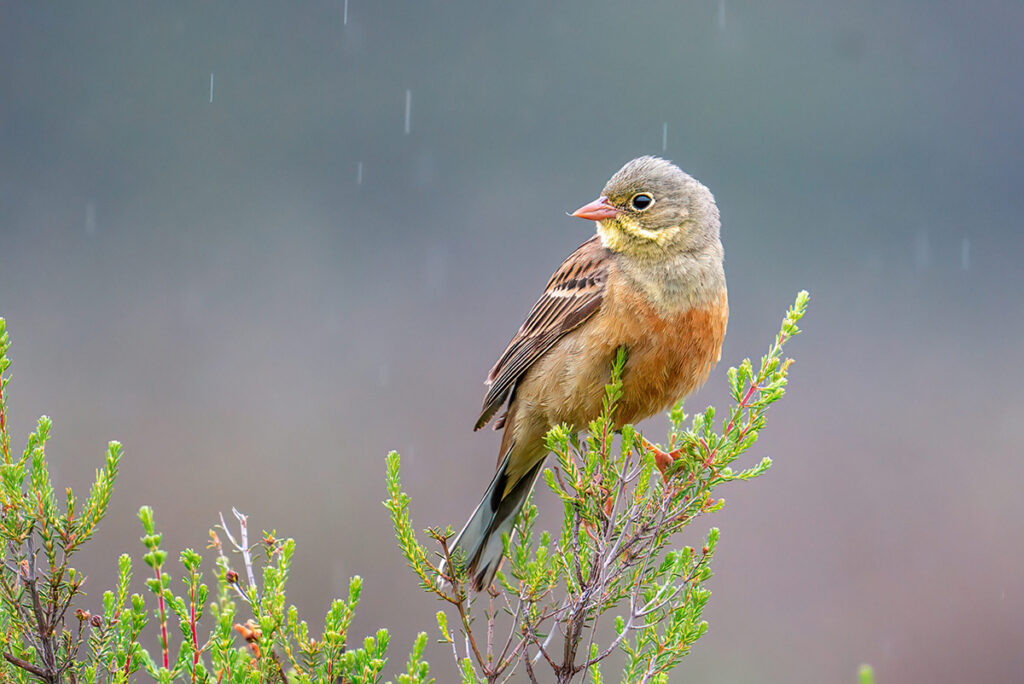
The Cea Valley has a large expanse of cereal crops around a relatively well-preserved riparian forest. We can also find some reforested pine forests, as well as broom and heathland on hillside areas.
In the higher elevations, its most notable feature is the outstanding forest of “ Rebollares del Cea” large expanses of Pyrenean oak that are home to many bird species primarily from the Eurosiberian range.
In the Almanza Valley, we find some species absent or rare in the Riaño area that are of great interest to nature photographers, such as the Marsh harrier and Montagu’s harriers, Booted eagle, Hobby, and the Little owl among the raptors.
Doves and red-legged partridges are common species around the crop fields; as are Penduline tits, Hoopoes, Bee-eaters, striking birds with a predominantly mediterranean distribution.
All Iberian woodpecker species are widely represented in the area, including the black woodpecker in the more montane forests.
Crested Larks, Short-toed Larks, Thekla Larks, and the occasional Calandra Lark can be seen in the cereal fields in the lower elevations.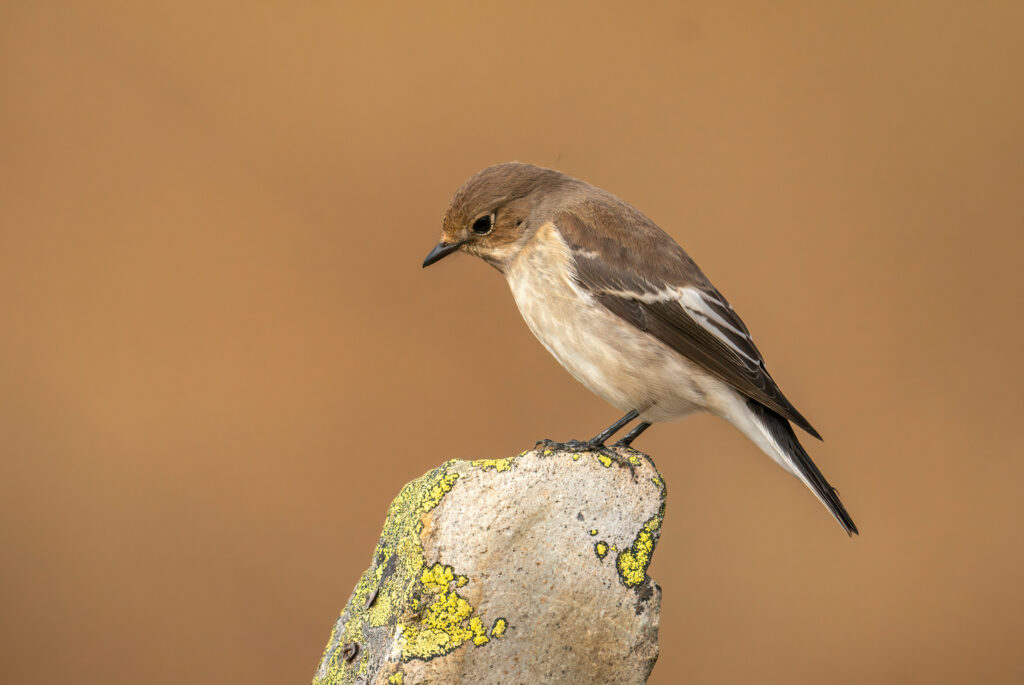
In foothill areas with shrubby patches, we find Subalpine Warblers and Thrushes sharing territory with the common Warblers, Blackcaps, and Chiffchaffs.
Along the banks of the Cea River, we find Golden Orioles, and Kingfishers, and near the thorny bushes of fallow land and irrigation ditches, we can easily spot the presence of Wood Shrikes, Red-backed Shrikes, and Grey Shrikes.
Tree Sparrows and Rock Sparrows are equally common, especially near villages.
Buntings are also well represented; Here we will easily see Hortelan bunting, Yellowhammers, Rock buntings or Cirl bunting among others.
Almanza photographic hides
You’ll find fixed and portable hides at your disposal, adapted to the presence of different species of birds, both sedentary and migratory, with the service and advice of Manuel Ramos.
Seasons
As different bird species become available at the various hides and feeders, we will keep you updated on availability and prices.
We kick off the spring season on May 15th and will be adding new species and products as the season progresses.
Spring season
- LITTLE OWL HIDE (2 places):
Photographic hide in an old abandoned hayloft in an agricultural area of the region. The presence of ancient adobe bricks and steppe backgrounds offer the opportunity to photograph this beautiful species in its natural habitat. €100 per person ( €90 per person comming two clients)
- HOOPOE HIDE (2 places):
Specific hoopoe photography hide on a beautiful oak or holm oak perch. €75 per person.
- BEE-EATER HIDES (4 places):
Photography of these colorful migratory birds perched. €70 per person.
- MEDITERRANEAN PASSERINES AND SHRIKERS (4 places):
Photography of Mediterranean passerines and shrikes. Species such as common redstarts, rock and cistern buntings, pied flycatchers, and many other species frequent the feeder. €70 per person.

Technical and material advice
Passerine feeders are designed to be photographed at a distance of 4.5 meters from our focal plane.
Woodpecker, owl, and hoopoe feeders are photographed at a focal distance of 6 meters.
Eagles and vultures are photographed at a distance of 15 meters.
A tripod is essential, as is a high-capacity memory card.
With lenses between 300mm and 500mm, we can cover all our needs.
A 400mm lens is an all-purpose lens for these hides.
During winter, it is highly recommended to wear two pairs of socks, gloves, and a hat.
These are especially necessary during the first hours of the day.
Later, as soon as the sun rises, the temperature will rise rapidly. It is advisable to wear several layers to adapt to these changes.
Important: The average duration of the sessions is approximately 4 hours.
Some images taken at the Almanza photo hides
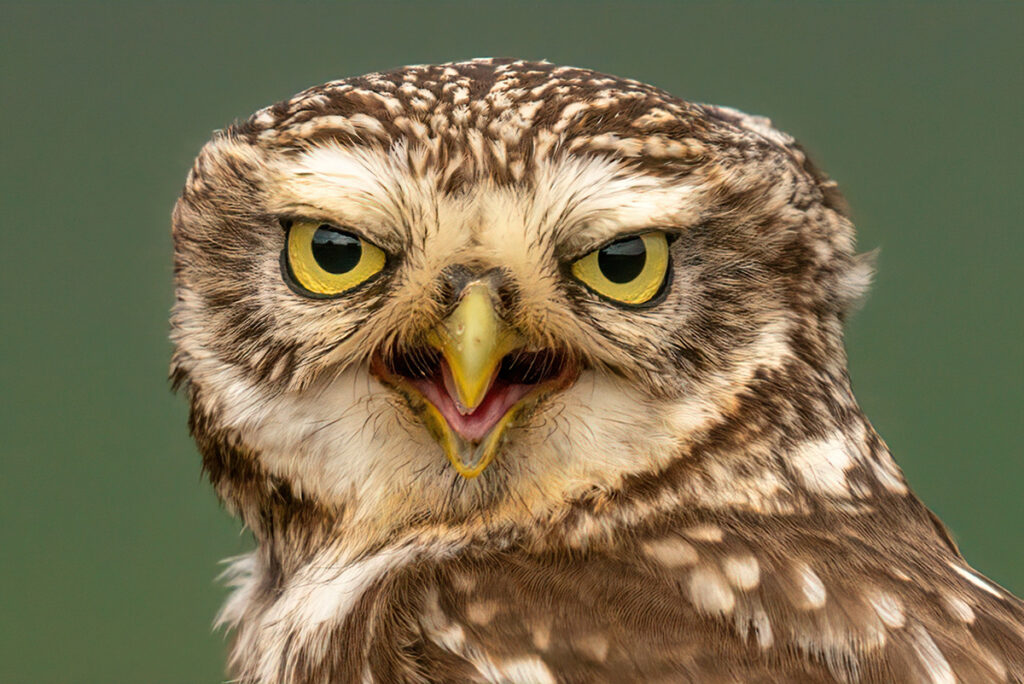
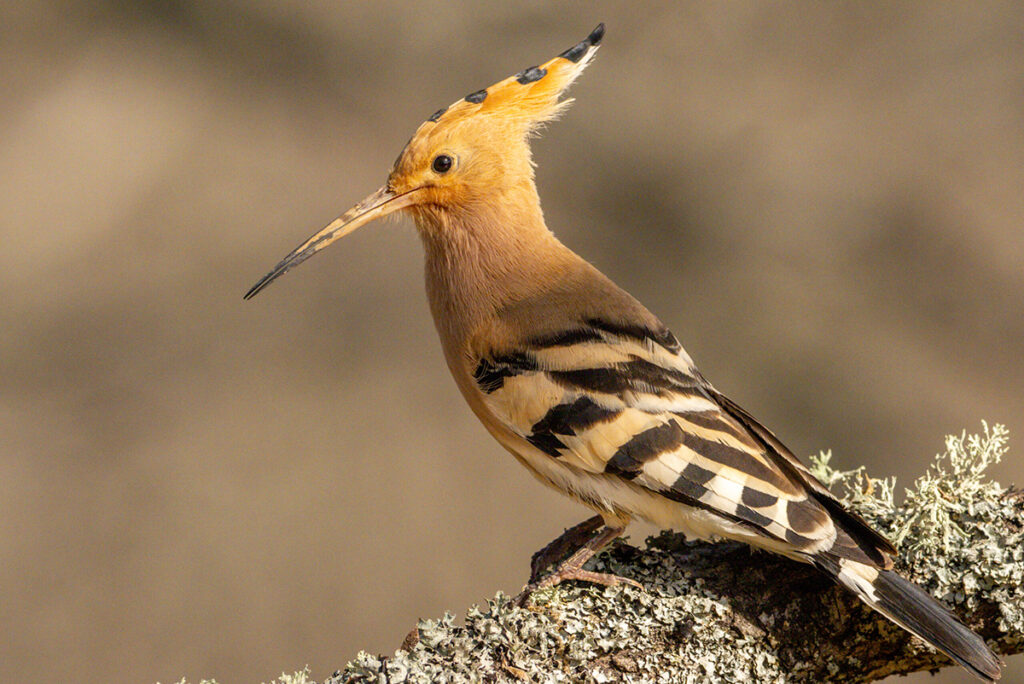
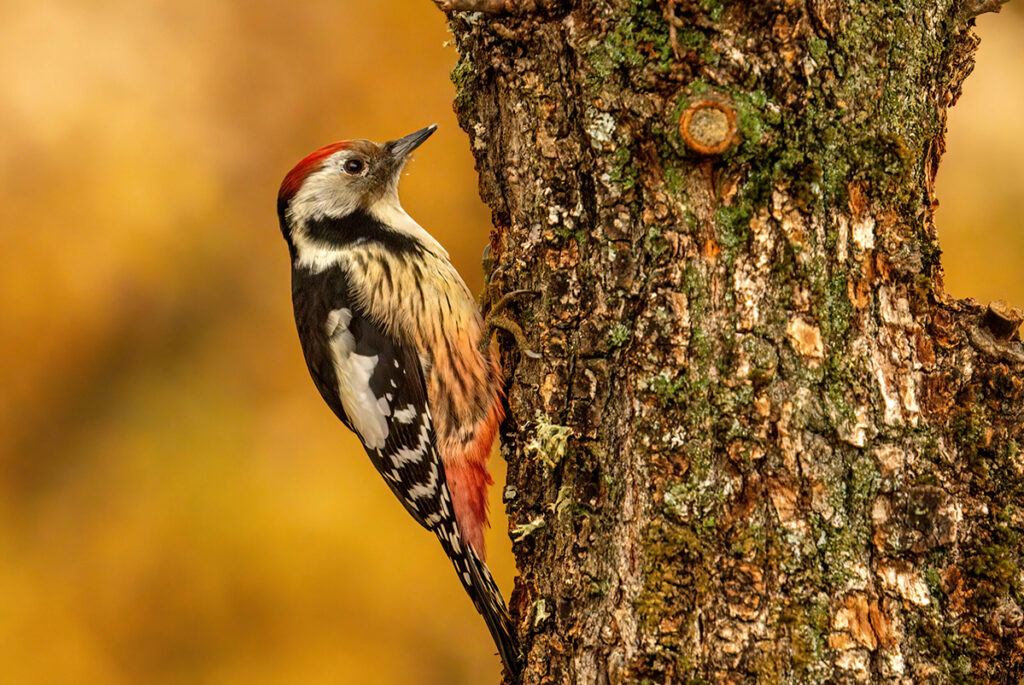

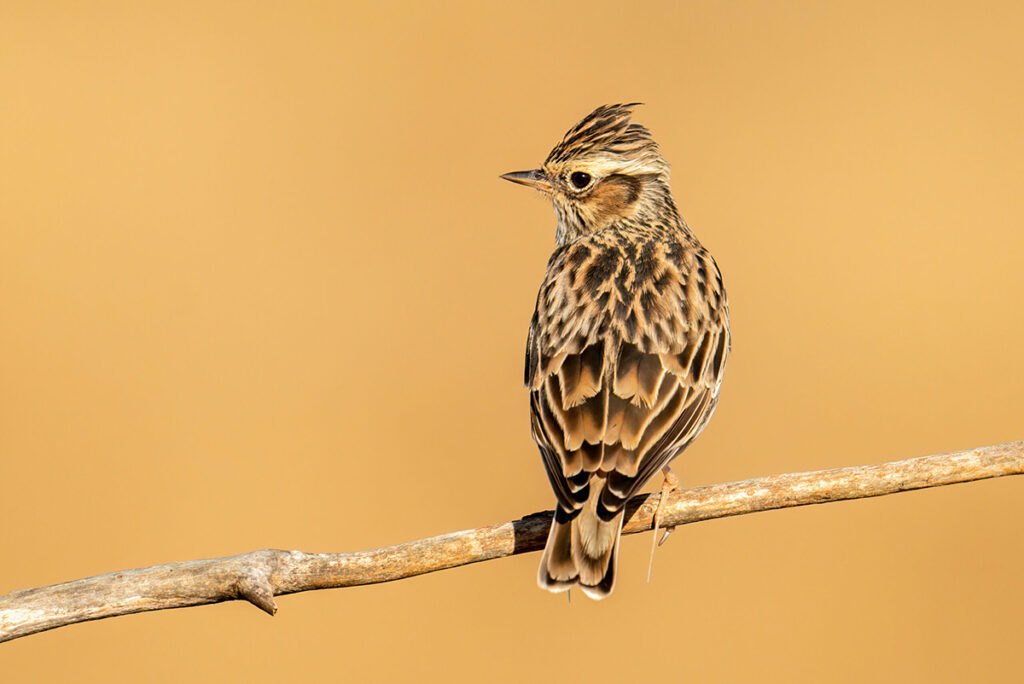
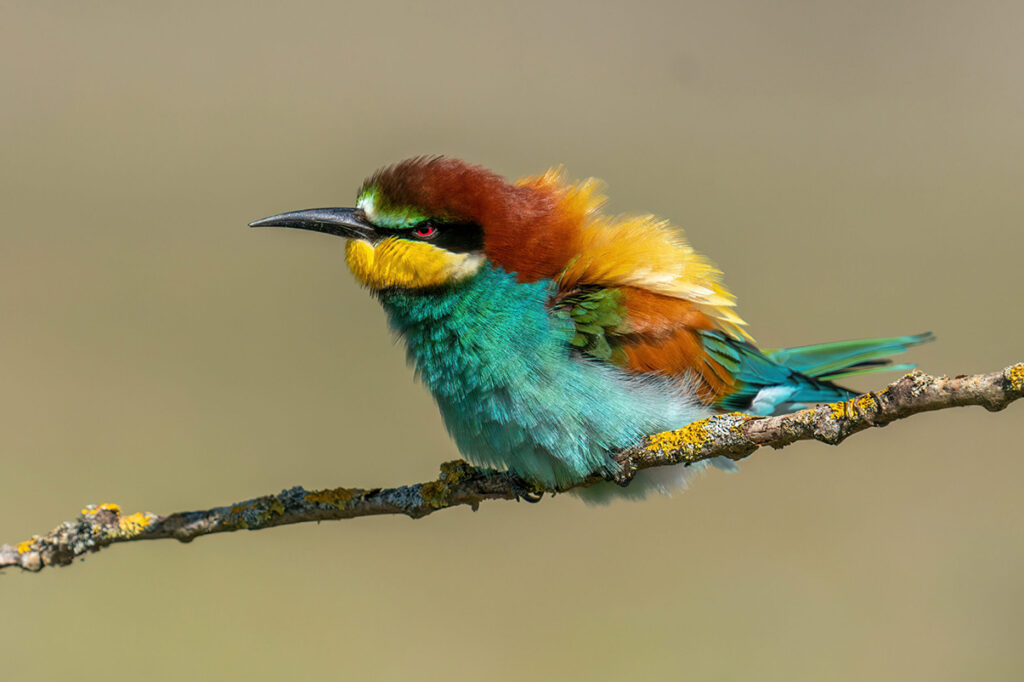
how to get there?
If you are entering the area from the south, take the LE-232 from Sahagun and follow this road up the entire banks of the Cea River until you reach Almanza. Sahagun is accessed via the Burgos-León highway (A-231).
From León, take the N-625 near Mansilla de las Mulas toward Riaño. In the town of Sahechores, turn off onto the LE-231 to Almanza.
From the eastern Cantabrian Sea, reach the town of Guardo in Palencia via the CL-626, continuing along this same road to Puente Almuhey. From there, take the LE-232 south to Almanza.
Finally, from the eastern Cantabrian Sea, you can access via Cistierna by taking the CL-626 eastward and then the CL-611 detour to Almanza.
Accommodation
Due to its proximity to Almanza, we recommend accommodation in Puente Almuhey or Taranilla.
